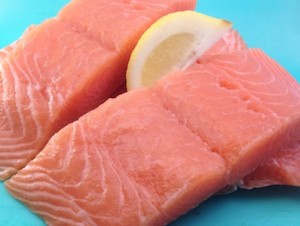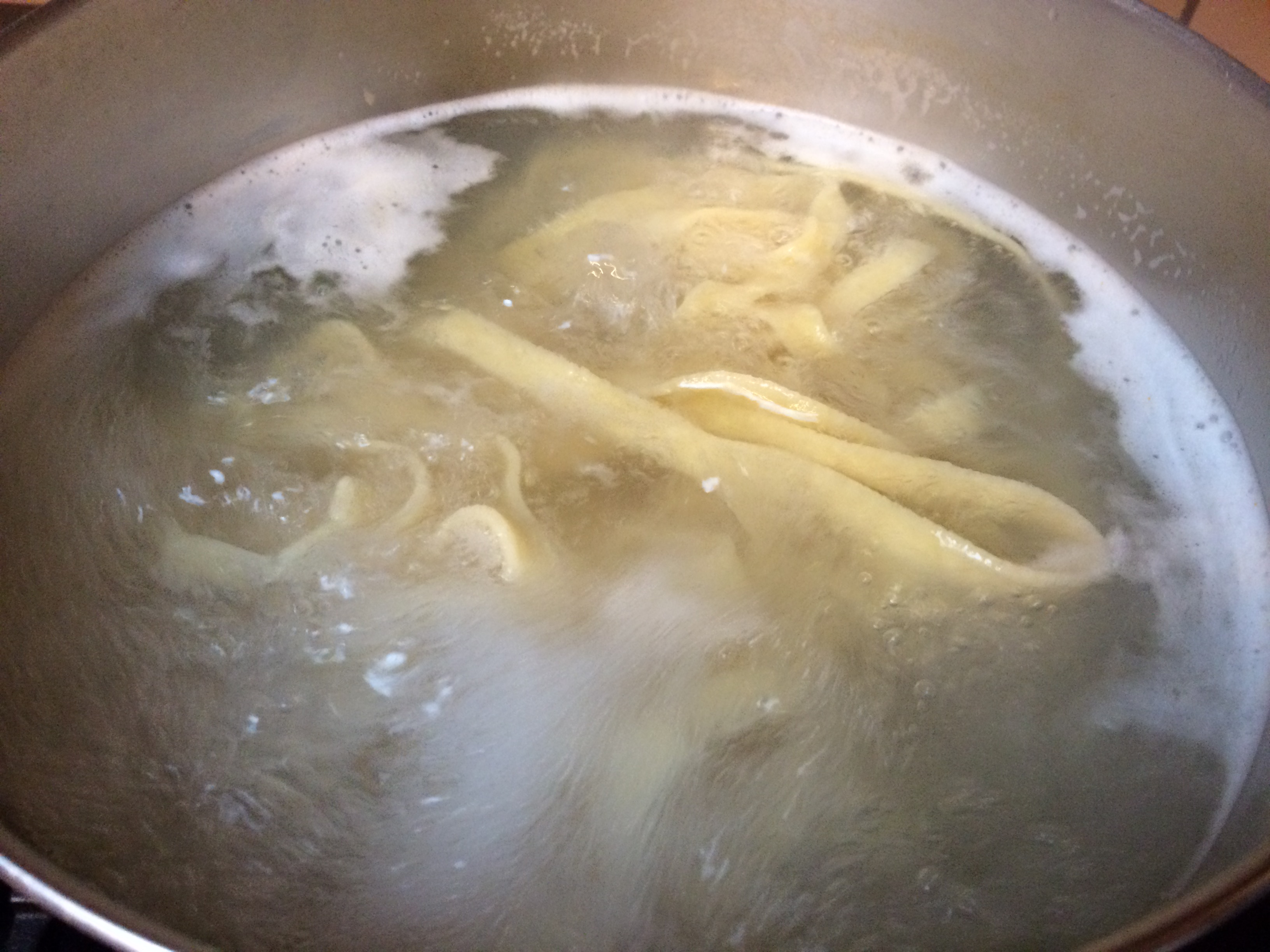- 25shares
- 22
Wild vs Farmed Salmon
The wild vs farmed salmon issue is important for a few reasons outlined below.
If purchasing the entire fish, there are subtle differences that the experts can spot. No pun intended… but farmed salmon have large black spots on their gill covers while wild salmon do not.
To differentiate between farmed vs wild salmon that has been filleted and sitting at the market can be tricky. Price generally gives a clue, as wild salmon is more expensive but your best bet is to ask.

Wild VS Farmed Salmon - The Differences
Wild Salmon – are, of course,
born free. They are also called “Pacific
Salmon”.
Wild salmon grow up in relatively clean waters and
dine on the healthier and more well rounded diet
that was available in their natural environment.
Specifically, wild-caught Alaskan Salmon are the
best and wisest pick when purchasing salmon. This is
because salmon love cold, fresh water so they spawn
and thrive well in Alaska.
Farmed Salmon – are typically
raised in cement ponds yet called “Atlantic
Salmon”, to further confuse things.
In order to reduce the spread of disease in these
tight quarters, farmed salmon are pumped with
antibiotics. Their feed consists of fish meal which
usually contains polychlorinated biphenyls (PCBs)
and other carcinogens. Another problem is that they
then excrete these things into the water, which
often escapes their fenced off area and affects the
ecosystem. Farmed salmon can sometimes escape and
are then considered an invasive species in the open
waters. Therefore, if possible, when choosing farmed
salmon pick ones raised in closed tanks.
If unsure as to which type of salmon purchased, here’s another similarity which unfortunately does not help either. The PCBs accumulate just under the skin, but the good omega-3s also accumulate just under the skin.
Wild vs Farmed Salmon
Why Care?
Why should you care if your salmon is wild or farmed? While the wild vs farmed issue exists for many other varieties of fish which are also farmed, what sets salmon further apart is its pinkish color. Wild Alaskan salmon are pinkish in color because of their diet of plankton and krill which contains astaxanthin, a natural antioxidant. Farmed salmon would be gray in color, deemed unacceptable to consumers, so they are fed a synthetic astaxanthin in order to color their flesh. This synthetic makes farmed fish at least 10 times more potent with PCB’s than natural fish. Many experts feel that farmed salmon should be banned, and most feel that they should at least be avoided.
Farmed salmon are not the only consumer product with confusing product labeling, it’s actually a pretty common practice.
To find out how long salmon lasts, check our salmon page.










